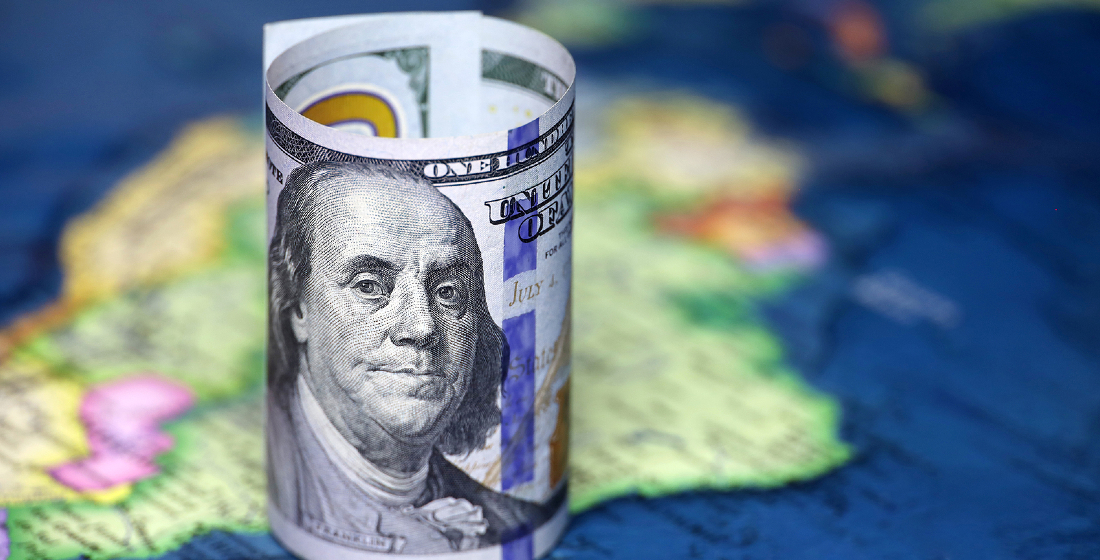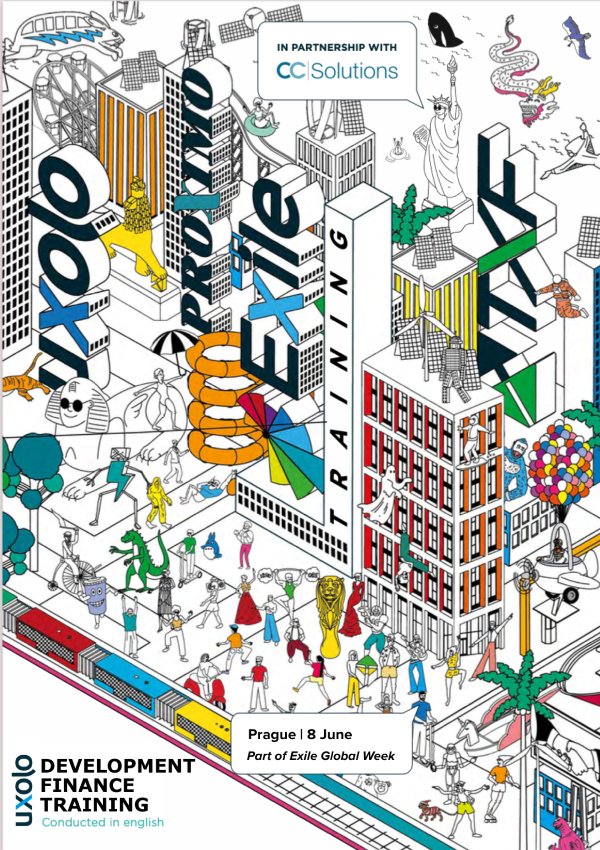Capital adequacy inadequacy
Will the sky fall in if multilateral development banks include callable capital in their capital adequacy ratios?

The independent review of multilateral development banks’ capital adequacy frameworks – launched by the G20 finance ministers and central bank governors in July 2021 – is meant to be out by mid-2022. The report could call for radical change in existing multilateral attitudes to maintaining their gold-plate triple-A ratings and the leveraging of the callable capital of their shareholders to boost lending capacity.
The financial support requirements spawned by the global pandemic amplified pre-existing calls for multilateral development banks (MDBs) to rethink their capital adequacy policies and include existing callable capital of shareholders rated AAA and AA+ in their capital adequacy calculations, thereby enabling the scaling up of MDB lending capacity by what Chris Humphrey, a widely cited research associate at UK think-tank ODI, claimed in a 2020 policy briefing could be as much as “ $750 billion (160% above current levels) while maintaining a AAA rating, or as much as $1.3 trillion (nearly triple current levels) if they are willing to risk a rating downgrade to AA+.”
With the additional energy and food pressure from fallout from the Ukraine war, calls for change from the major MDB shareholders are growing stronger. In April, US Treasury Secretary Janet Yellen, said: “To successfully address the multiple global challenges we face, our multilateral financial architecture must evolve and be strengthened. I encourage the World Bank Group to think well beyond the status quo to address the cross-border risks posed by climate, health, migration, and fragility, while also staying focused on poverty reduction at the country-level.” What Yellen did not outline is the ‘how’.
Risk transfer innovation
MDBs have been increasingly innovative with risk transfer in a bid to free up more cash for lending. In 2018 AfDB closed the first portfolio synthetic securitisation between a multilateral and private sector investors – Room2Run. AfDB teamed up with the European Commission, Mariner Investment Group, Africa50 and Mizuho International – each playing a part in the creation of a $1 billion synthetic securitisation corresponding to a portfolio of seasoned pan-African credit risk. The deal allowed the AfDB to move the mezzanine part of the risk on a portfolio of around 50 non-sovereign loans off of its balance sheet, thereby freeing up cash to make additional loans.
But synthetic securitisation is not cheap – examples of project loan synthetics are still relatively rare in the commercial bank sector for that very reason, despite the tightened bank capital adequacy regulations brought in by Basel – and given the scale of demand for MDB funding in the face of multiple crises across the globe, synthetic securitisation, while useful, if not part of a multi-pronged funding approach is going to amount to little more than treasury tinkering.
The same is true of exposure exchanges between MDBs. Exchanges can improve the capital ratio and/or country lending limits for MDBs and absorb stress on their triple-A ratings – good housekeeping but not a solution that can be upscaled enough to have a major impact on its own, and arguably more about keeping the ratings agencies happy.
What's in a triple-A rating?
The MDB fixation with a triple-A rating is based on achieving the lowest cost of borrowing, thereby enabling MDBs to lend more of the money they raise. But New Development Bank has a AA+ rating which has only increased its borrowing costs by 15bp, so clearly MDBs do have room to drop an A without the sky falling in.
All these treasury management approaches combined have had or could have a significant impact. But the biggest would be leveraging of callable capital – so will the G20-initiated MDB capital adequacy report make that call for change?
MDB callable capital would need to be leveraged in a way that comes with no possibility of an MDB ever having to make a capital call. Callable capital was created to give MDBs financial security – the shareholders providing that promise of capital never expect to receive that call, and no MDB has ever made a call. Inclusion of at least some callable capital in MDB capital adequacy ratios, if the additional MDB lending capacity created is kept within the limits of what is required to maintain a triple-A bond rating – at its simplest, more MDB money lent (and the increased chance of some bad loans) does not impact MDB cost of borrowing – would seem to meet those caveats.
Development finance or crisis funding?
But if the MDB capital adequacy debate is resolved and results in more MDB lending, will that additional funding end up as development finance or crisis funding or both? Given the debate and recent calls for change are firmly rooted in the pandemic and fallout from the Ukraine war, crisis funding will likely take the most. Developing countries alone are estimated to require $4.3 trillion of finance just to fund recovery from the pandemic, let alone an impending food crisis triggered by Russia taking Ukraine’s grain hostage. Consequently, the chances of much of any additional MDB lending going towards long term projects like energy transition schemes in developing markets look slim whilst the world deals with a confluence of crises.
In addition, given the the longstanding promise of $100 billion per year of climate finance from developed economies (which are also the major MDB shareholders) to emerging markets is still falling short, the immediate multilateral funding priorities of MDB shareholders is self-evident. But look on the bright side – at least the warped psychopathy of Donald Trump is no longer part of the multilateral funding conundrum.





